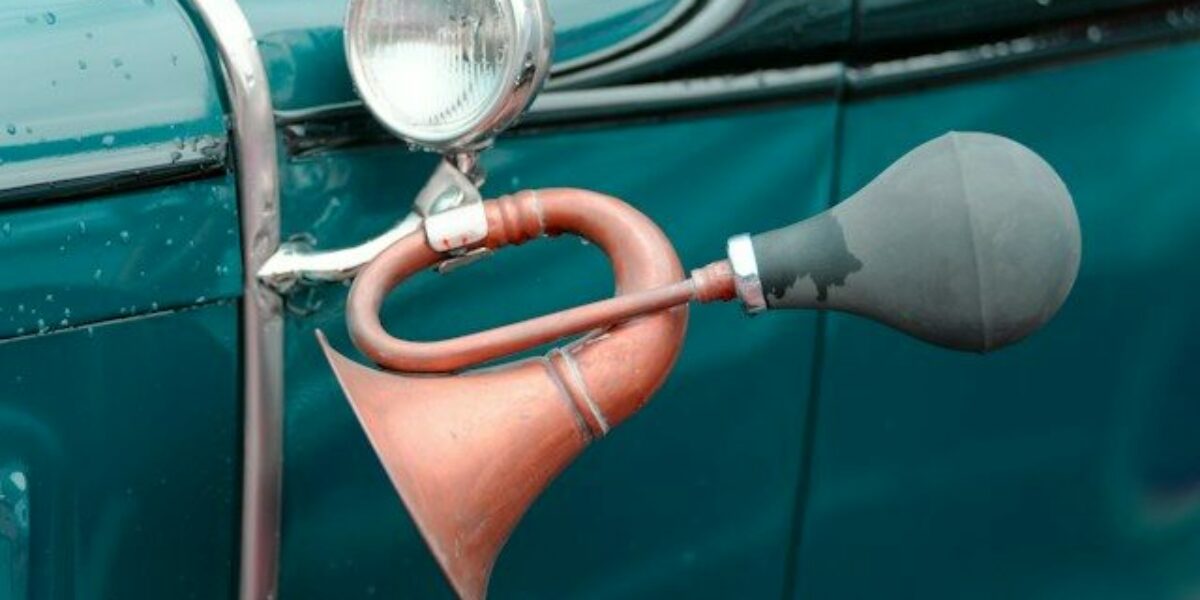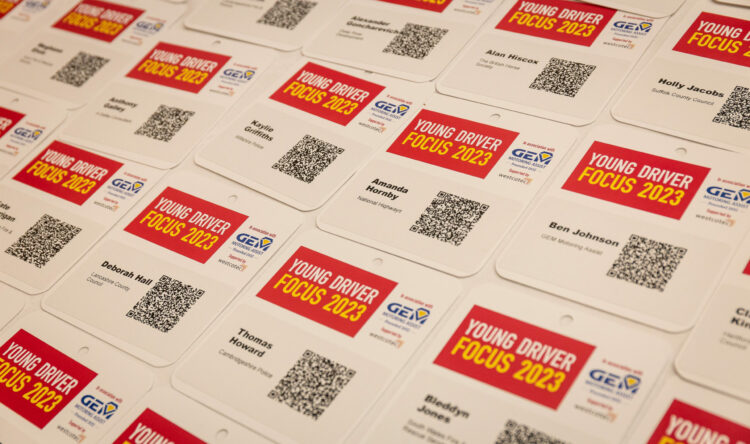Getting the horn
A new study attempts to reveal the driver by their use of the car horn
A distinct honking style serves as a revealing indicator of a driver’s personality and conduct on the road?
That’s the conclusion of the International Drivers Association after carrying out a study driver behaviours.
City sounds
In the symphony of urban chaos, car horns become more than mere alerts; they’re the hidden notes that compose the story of drivers’ personalities.
Drawing insights from studies by the Journal of Applied Psychology and the AAA Foundation for Traffic Safety, The International Drivers Associating has attempted to unlock the hidden depths of honking.
Dominic Wyatt believes car horns echo the nuances of individual drivers’ traits and conduct on the road.
This ubiquitous yet, often misunderstood, instrument of the automotive orchestra, speaks volumes beyond its seemingly simple purpose of alerting others. It’s timbre, rhythm, and duration paint a nuanced portrait of the driver behind the wheel. This reveals their personality traits and driving styles in a symphony of honks.
The Impatient Maestro: Short, Quick Honks
Imagine a driver who taps the horn with the flick of a finger, a sharp staccato punctuating the traffic flow. This is the domain of the impatient driver, one who lives by the motto “time is money.”
“Drivers who favour short, sharp honks tend to be impatient and decisive individuals”, according to Wyatt. They value efficiency and swift action, expecting others to respond with similar urgency.
This quick honking style reflects their inner drive for immediacy and calculated risk-taking to avoid delays.
The Assertive Communicator: Repeated, Rhythmic Honks
A steady beat on the horn, not unlike a metronome keeping the tempo, signals the presence of the assertive communicator.
These drivers, in Wyatt’s words, “favour clear and consistent communication. They tend to be confident and direct, and their honking reflects their desire to get a message across without resorting to aggression.“
Think of it as a conductor’s baton, guiding the traffic with rhythmic precision rather than chaotic outbursts.
The Aggressive Conductor: Long, Continuous Honks
When the honk elongates into a sustained bellow, the music takes on a darker tone. This is the territory of the aggressive driver, one who wields the horn as a weapon of dominance.
“These individuals are often easily frustrated and have low tolerance for mistakes,“ explains Wyatt. “Their honking is a way of asserting control and expressing anger, often contributing to tension and road rage.”
The sustained blast serves as a sonic intimidation tactic, a challenge to the perceived order of the traffic flow.
The Gentle Melody: Soft, Light Honks
A soft, almost apologetic tap of the horn introduces us to the considerate driver. These individuals prioritize courtesy and respect, even in the face of traffic’s occasional cacophony.
“They are patient and empathetic,” says Wyatt, “and they aim to alert others without causing unnecessary disturbance. Their honking is a gentle nudge, a reminder delivered with a touch of understanding.”
The soft honk becomes a whisper in the traffic symphony, a quiet plea for cooperation rather than a demand.
The Silent Maestro: No Honking at All
Some drivers choose to remain silent, navigating the traffic flow with a stoic grace. These are the patient and calm individuals, the Zen masters of the road.
“They possess a high tolerance for frustration and prioritize a peaceful driving experience,” observes Wyatt. “They diligently follow traffic rules and avoid confrontations, letting the flow of the road dictate their pace.“
Their silence speaks volumes, a testament to their inner peace amidst the external chaos.
The Playful Interlude: Customized or Musical Honks
Finally, there are those who break free from the traditional script, injecting a touch of whimsy into the traffic symphony. These are the expressive drivers, who personalise their horns with melodies or unique sounds.
“These individuals,” explains Wyatt, “have a playful and creative spirit. They see their vehicle as an extension of their personality and the horn as a tool for self-expression. Their honking adds a touch of lightheartedness to the road, reminding us that even in the midst of traffic, there’s room for a little fun.”
Seeing through the noise
By understanding the language of the horn, we can navigate the road with greater understanding and empathy.
Remember, the next time you hear a honk, it might not just be a call to attention, but a window into the driver’s soul, a melody revealing the symphony of personality playing out behind the wheel.
If you travel to the likes of New York, Rome or Paris, you will certainly hear a full chorus line of automotive harmonies. Now, whatever the language of origin, you can have a fuller understanding of te personalities and meaning behind the songs
Please credit https://internationaldriversassociation.com/ if you decide to use the research.






